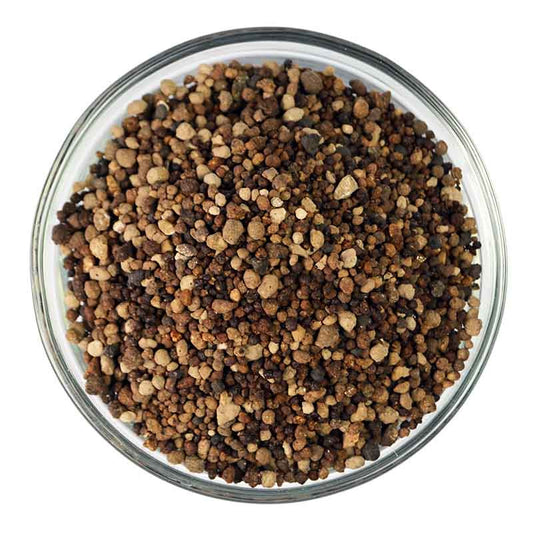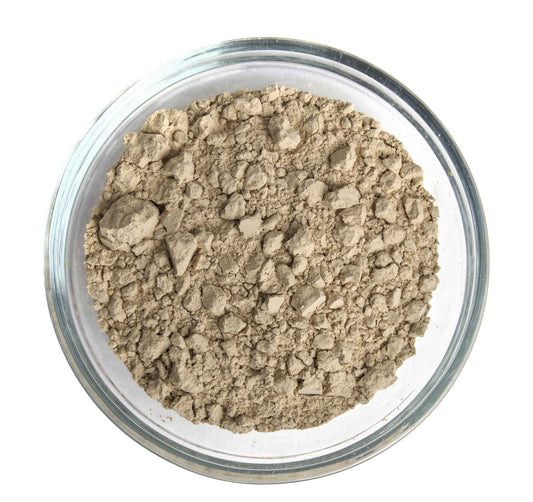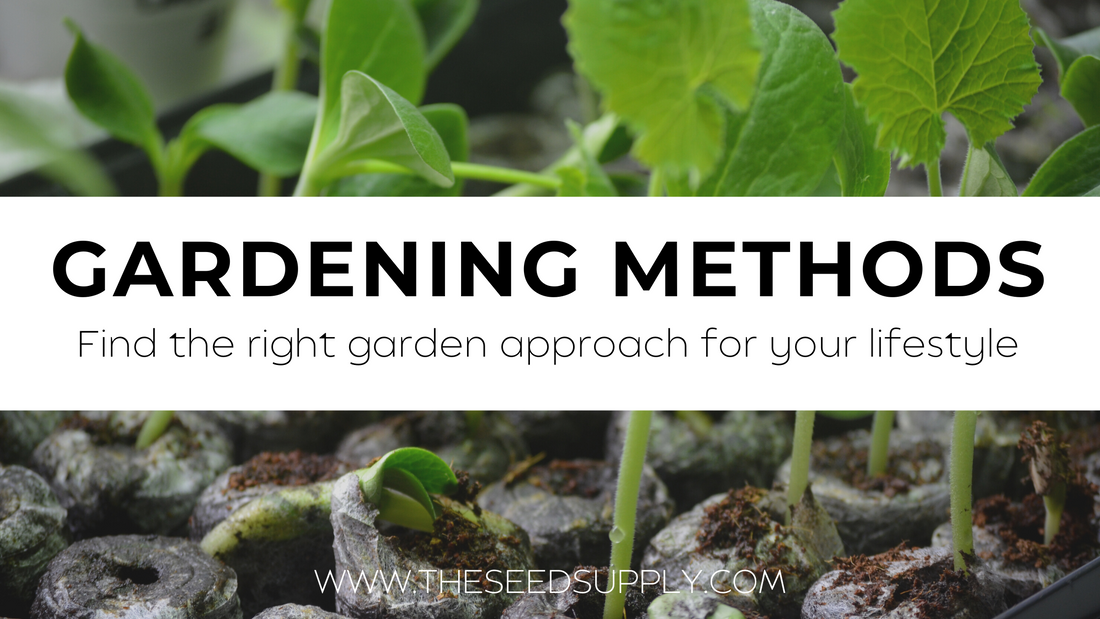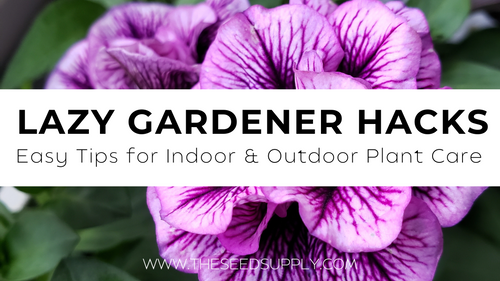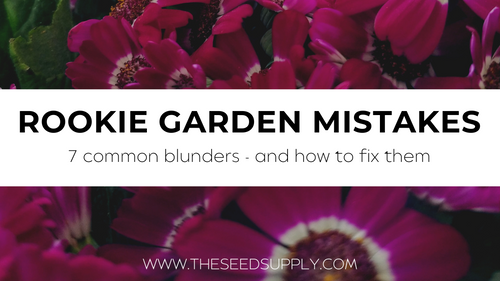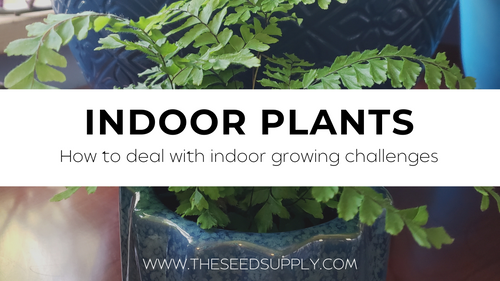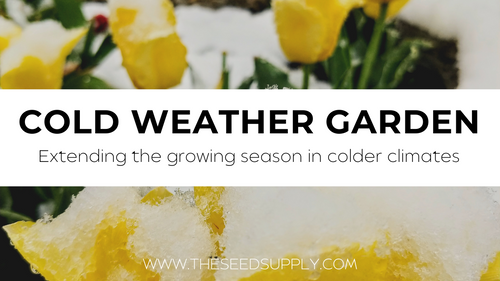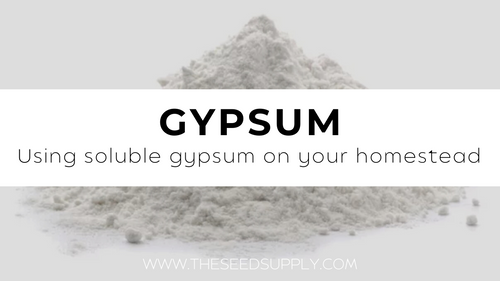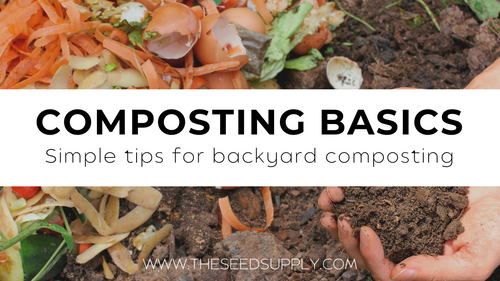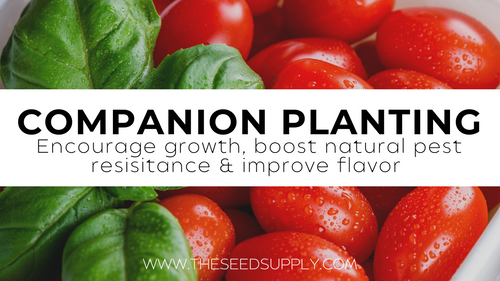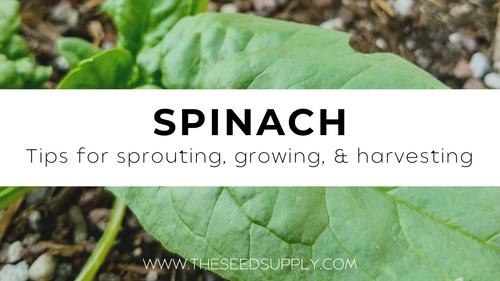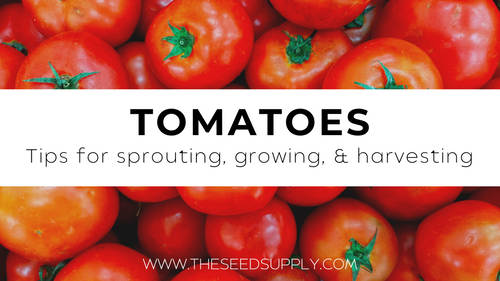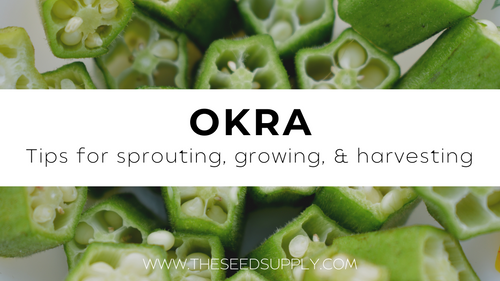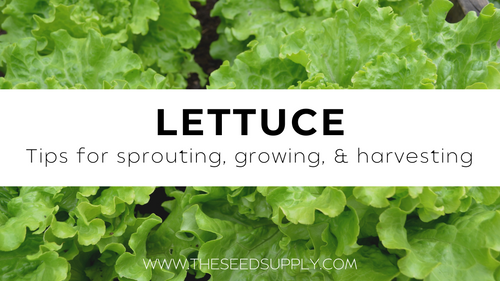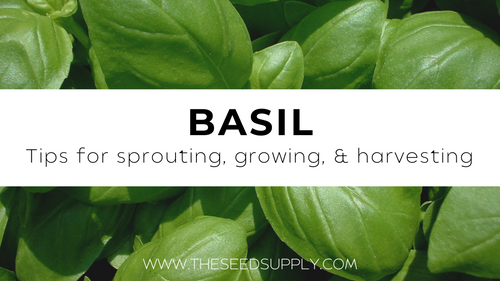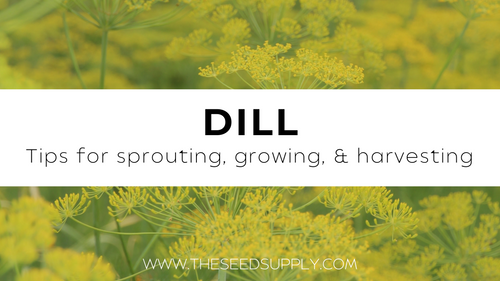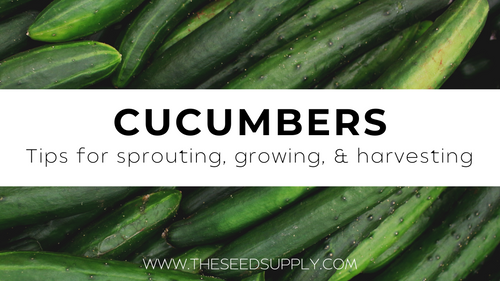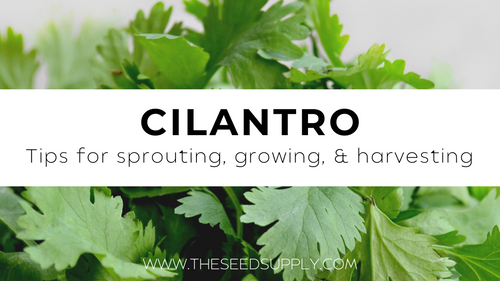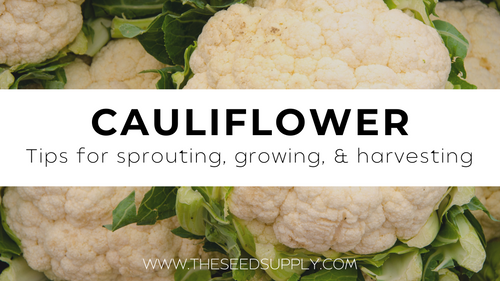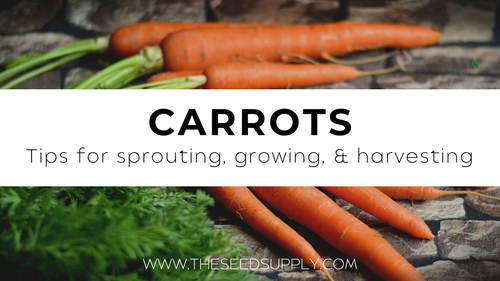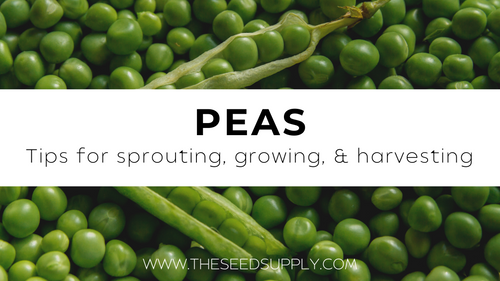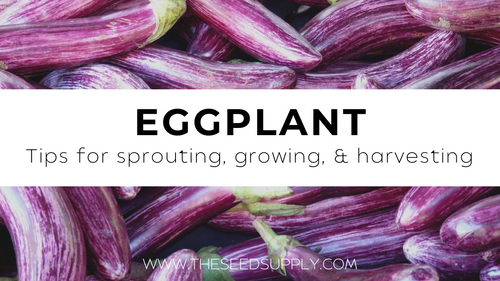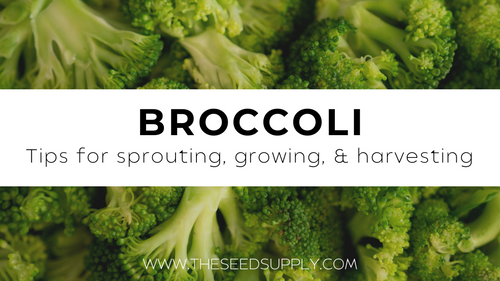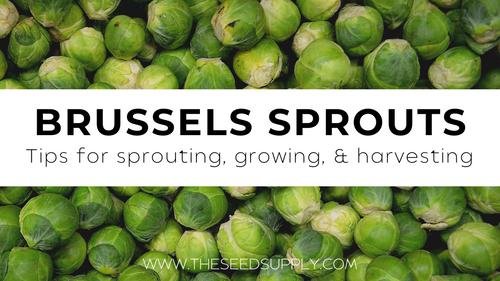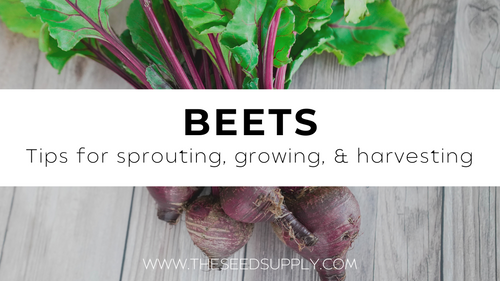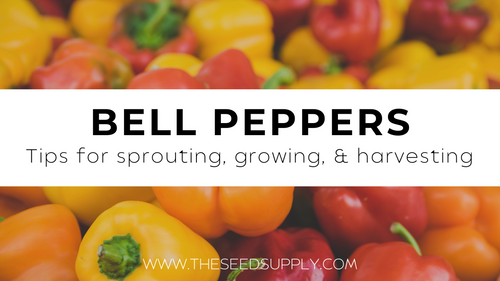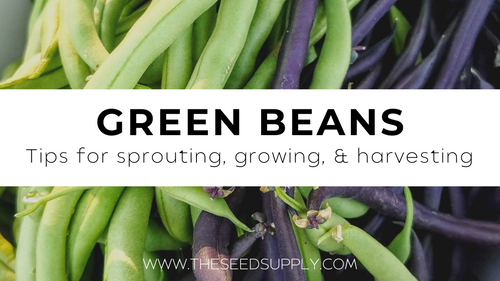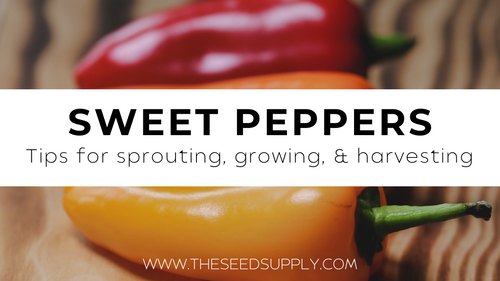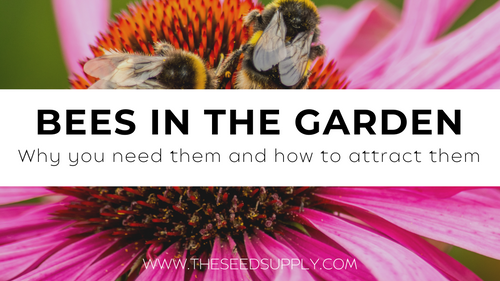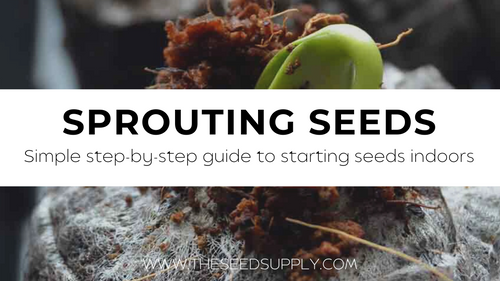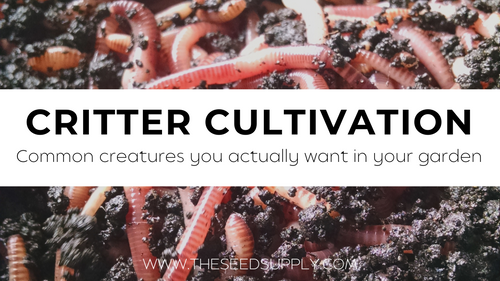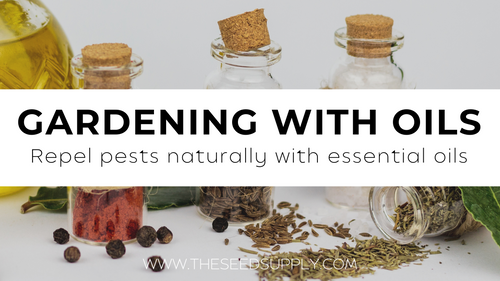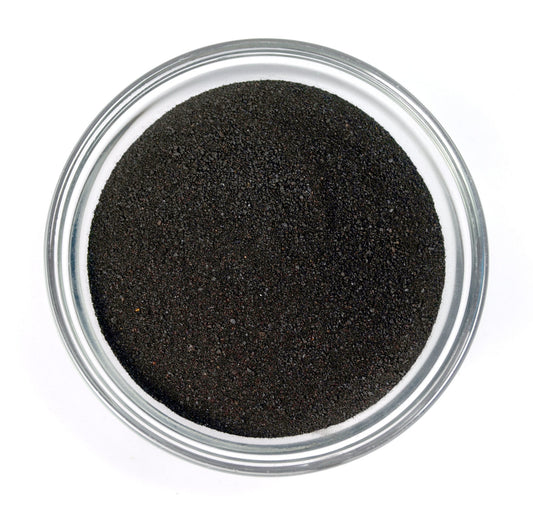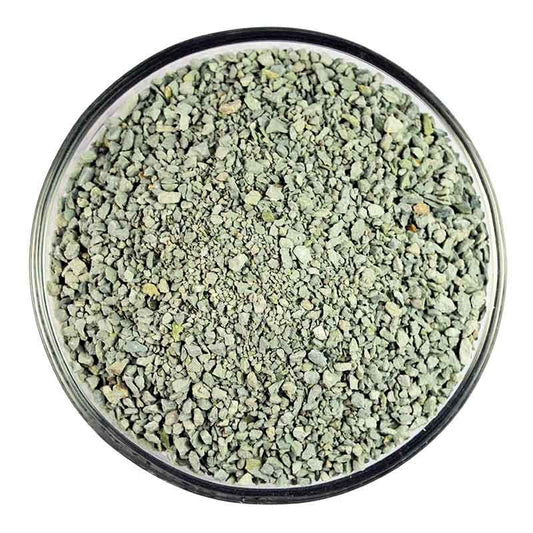There are many factors to consider when starting a home garden. The gardening method you choose will be influenced by both your planting zone, your soil and light conditions, and the plants you choose, but you have some options. Here are eleven approaches you can try to setting up your garden, some are traditional and some may be new to you.
-
Traditional in-ground rows

When you first think of gardening or see pictures of gardens, in-ground gardens laid out in rows are probably what comes to mind. And it’s for a good reason. This is a cheap and straight-forward approach that can yield large amounts of produce. If your soil is good and you’re willing to work to keep the weeds down, this might be the best method for you.
- Raised-bed gardening
If you only have poor soil to work with, a raised bed might be a better option. You can use many materials to create beds in any shape that suits your needs. You can then fill those beds with your own mix of rich soil, and it will be much easier to keep weeds away from your plants. Square-foot gardening takes this method a step further—using a grid of square-feet to guide your planting optimizes your space to yield the most produce possible.
- Container gardening
Container gardening is a lot like raised-bed gardening in that you bring in your own rich soil, but instead of needing a larger space for a garden box or in-ground rows, you only need a container (or as many as you like), and you can put them anywhere you have the sun to grow plants. This method can be used on small patios, balconies, and even indoors. Weeds will definitely not be a problem with this method, and it works well for people who want to keep their harvest manageable.
If you want to get creative, or you want to grow plants that could benefit from a slightly different approach (like tomatoes or strawberries), consider upside-down gardening or having hanging plants.
-
Vertical gardening

Another great space-saving method is vertical gardening. In this method, a vertical space such as a fence or vertical frame supports smaller pockets or containers of soil for smaller plants or supports climbing plants as they grow vertically. Much like container gardening, you can bring in healthy soil and tuck plants into whatever space you have. Even traditional rows and raised beds can benefit from vertical gardening to keep vine plants from hogging all the space, keeping your garden space tidy and efficient.
- Straw bale gardening
This creative method requires that you spend a few days conditioning the straw bales with fertilizer and water. After the bales are ready, plants are placed right into the bales without soil. Weeds aren’t a problem (which is why straw and not hay should be used), and like square-foot gardening, it’s easy to plan your space. This is a great option if you have poor soil conditions and little space. If you keep the bales nice and moist, you can grow most vegetables without much fuss.
- Lasagna gardening
Lasagnas have layers, and so does this gardening method. It is another great option to use if you have poor soil and want to block out pesky weeds. Like building a compost heap, this method requires that you layer brown material (like dry leaves or pine needles) and green material (like grass clippings or vegetable trimmings) alternating until you have a pile about two feet deep. This compost lasagna then breaks down and provides a beautiful soil to start planting in.
- Keyhole gardening
Keyhole garden beds have their own little compost piles right in the middle of the keyhole design. They benefit from being directly connected to an active compost cycle that feeds the beds with nutrients. The layout is much like a raised bed; usually circular with a wedge opening to the center for easy access to the bed and its compost heap, keyhole garden plants can benefit from square-foot planting methods.
-
Greenhouse gardening

Greenhouse gardening can incorporate any other method, but if you want to extend your planting season, this method is for you. Greenhouses can be built out of any material that allows sun to enter into the space and warm the planting area. Inside greenhouses, you can use rows, raised beds, containers, anything! Underground greenhouses, which are basically dugout areas that are then covered by glass or plastic can provide year-round harvest even in the coldest areas.
- Hydroponic gardening
No soil? No problem! Hydroponic gardening uses flowing, nutrient-rich fertilized water to feed plants as they grow. Contrary to what you might think, this actually saves a lot of water. You’ll need a controlled environment and a specific set-up, but the results are healthy, thriving plants. Setting up a hydroponic system might be costly, however, but it is a hyper efficient and environmentally sound way to grow food. Once you have a system in place, it takes very little maintenance to keep it going.
- Aquaponics gardening
This method combines hydroponic gardening with raising fish or other aquatic food. The waste that the fish create become fertilizer for the plants you’re growing, and when connected in a continuous system, plants thrive just like hydroponic plants, but the water can be reused indefinitely. The harvest of fish this method yields make it a truly complete food source. Within this method, there are other methods of getting the fish waste to the plants’ roots, but this will depend on your setup. It can be done expensively or cheaply depending on what you want to do and the materials you choose to use.
- Landscape gardening
Also known as edible landscaping, this method produces food while still looking beautiful. Many plants like strawberries and sweet potatoes look right at home nestled around a porch among other plants. Front yards are often wasted space when it comes to raising produce, but choosing the right plants can make use of this space. This method does require you to companion plant with especial care, but if you want more space to grow food, and you still need to keep the neighbors happy, this is a great method to add to your home garden set-up. Container gardening can be a part of your edible landscape, of course, but fruit trees as well as fruit and vegetable plants can increase your front yard yield while still maintaining curb appeal.
Many of these methods can be combined or changed in many different ways to meet the needs of your zone, soil conditions, and available planting space. Any of these methods can take into account the amount of money you have to invest in these systems or the amount of time you have to dedicate to the care of your garden. Which methods have you tried? Which of these methods are you most interested in trying?

